Blog Layout
Fallen winter leaves – tips on what to do with them
MGS • Dec 02, 2019
Fallen Winter Leaves
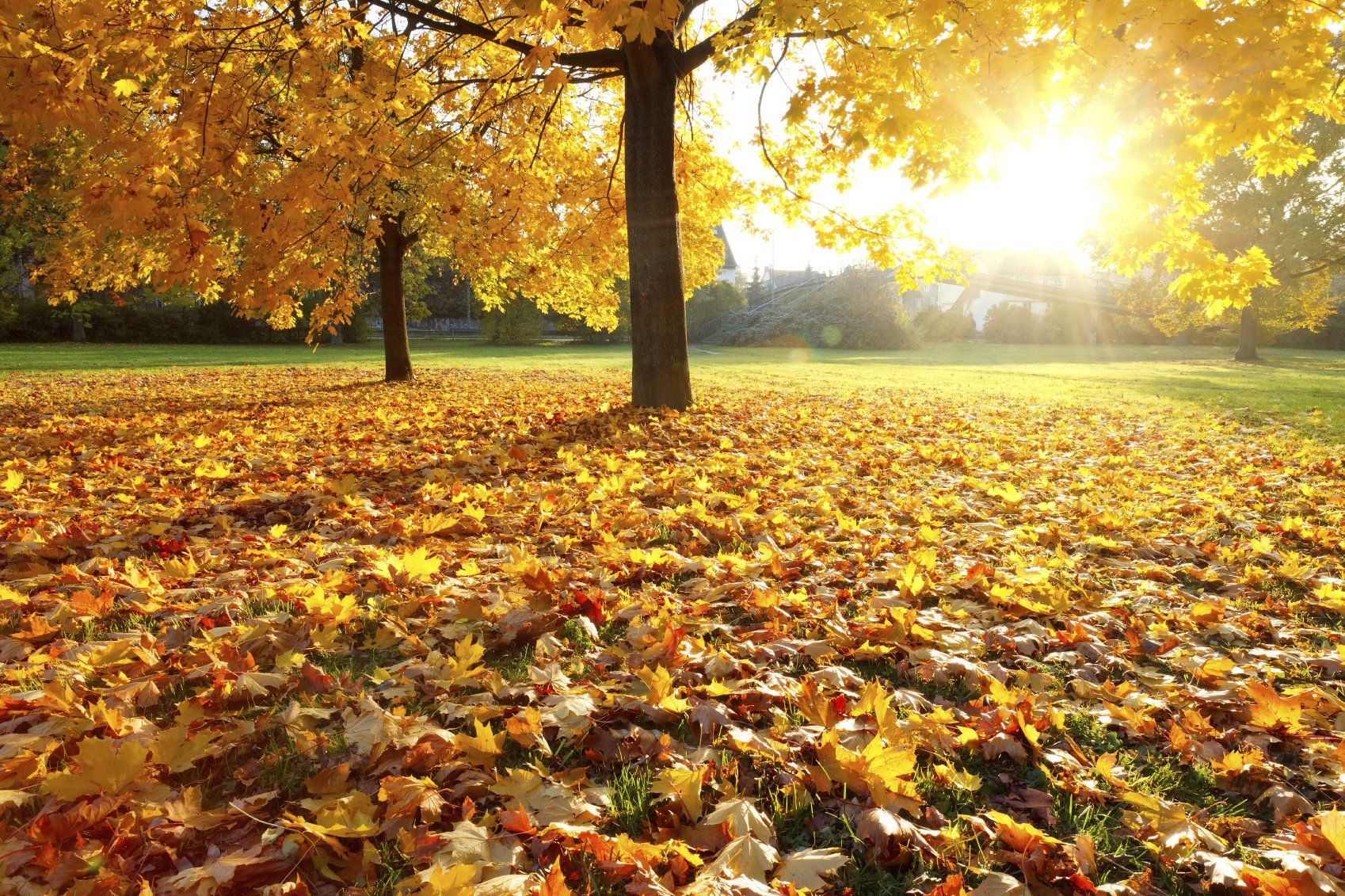
As we head into winter, most of leaves have fallen from the trees. For some, it’s exciting to know that Christmas is just around the corner. But for anyone who has garden, dead leaves all over lawns and flowerbeds are a pain.
The automatic reaction is to sweep them up and get rid of them, but before you do so, you may want to consider the benefits these dead winter leaves can have on your garden. They may be unsightly but if used correctly, can become a fantastic natural fertiliser… and at no monetary cost to you.
Reduce the volume
A large pile of leaves will take a significant amount of time to decompose but if you shred the leaves first, thereby reducing the volume, your garden will enjoy all the benefits of rotting leaves whilst eradicating the risk of heavy leaves smothering the ground cover, preventing rainwater from accessing plants and affecting growth.
What to do with fallen leaves
Top tips on how to deal with dead winter leaves easily and organically:
Make your own compost: Wondering what to do with that huge pile of dead leaves? If you have more rotten leaves than you know what to do with, why not create your own compost pile ready for the spring? Sweep all leaves into a large pile in an area of the garden you don’t tend to use much. Water down the leaves, either with a hose or by giving the pile access to rainwater. The water will generate fungi and microbes that will decompose the leaves and turn them into leaf mould. By the time spring arrives, your compost will be ready to be used on your garden’s flowerbeds and trees – and it won’t cost you a penny.
Lawns: If you have a mulching mower, rake small and low piles of leaves on your lawn before mowing over them two to three times. You can then leave the shredded leaves on the lawn over winter as they will become a source of nutrition.
Flowerbeds: If rotting leaves are chopped and turned into mulch, they will slowly turn into compost, which will enrich your flowerbeds. Make sure the mulch layer is less than three inches thick.
Decking, patios and footpaths: It is essential that any dead leaves are removed from hard surfaces if they are regularly walked on – wet, rotting leaves can turn paths, patios, decking and tiles into a skating rink. Wooden surfaces can also rot if leaves aren’t regularly cleared.
The vegetable patch: It is agreed by those in the know that leaves can be left on any vegetable patches you may have for the duration of the winter. Once spring arrives, experts state that you should turn the leaves under, as this speeds up decomposition and helps to release nutrients into the soil.
We hope you found the article ‘Fallen winter leaves – top tips on what to do with them’ inspiring. There are plenty of online resources regarding making your own homemade compost.
The automatic reaction is to sweep them up and get rid of them, but before you do so, you may want to consider the benefits these dead winter leaves can have on your garden. They may be unsightly but if used correctly, can become a fantastic natural fertiliser… and at no monetary cost to you.
Reduce the volume
A large pile of leaves will take a significant amount of time to decompose but if you shred the leaves first, thereby reducing the volume, your garden will enjoy all the benefits of rotting leaves whilst eradicating the risk of heavy leaves smothering the ground cover, preventing rainwater from accessing plants and affecting growth.
What to do with fallen leaves
Top tips on how to deal with dead winter leaves easily and organically:
Make your own compost: Wondering what to do with that huge pile of dead leaves? If you have more rotten leaves than you know what to do with, why not create your own compost pile ready for the spring? Sweep all leaves into a large pile in an area of the garden you don’t tend to use much. Water down the leaves, either with a hose or by giving the pile access to rainwater. The water will generate fungi and microbes that will decompose the leaves and turn them into leaf mould. By the time spring arrives, your compost will be ready to be used on your garden’s flowerbeds and trees – and it won’t cost you a penny.
Lawns: If you have a mulching mower, rake small and low piles of leaves on your lawn before mowing over them two to three times. You can then leave the shredded leaves on the lawn over winter as they will become a source of nutrition.
Flowerbeds: If rotting leaves are chopped and turned into mulch, they will slowly turn into compost, which will enrich your flowerbeds. Make sure the mulch layer is less than three inches thick.
Decking, patios and footpaths: It is essential that any dead leaves are removed from hard surfaces if they are regularly walked on – wet, rotting leaves can turn paths, patios, decking and tiles into a skating rink. Wooden surfaces can also rot if leaves aren’t regularly cleared.
The vegetable patch: It is agreed by those in the know that leaves can be left on any vegetable patches you may have for the duration of the winter. Once spring arrives, experts state that you should turn the leaves under, as this speeds up decomposition and helps to release nutrients into the soil.
We hope you found the article ‘Fallen winter leaves – top tips on what to do with them’ inspiring. There are plenty of online resources regarding making your own homemade compost.
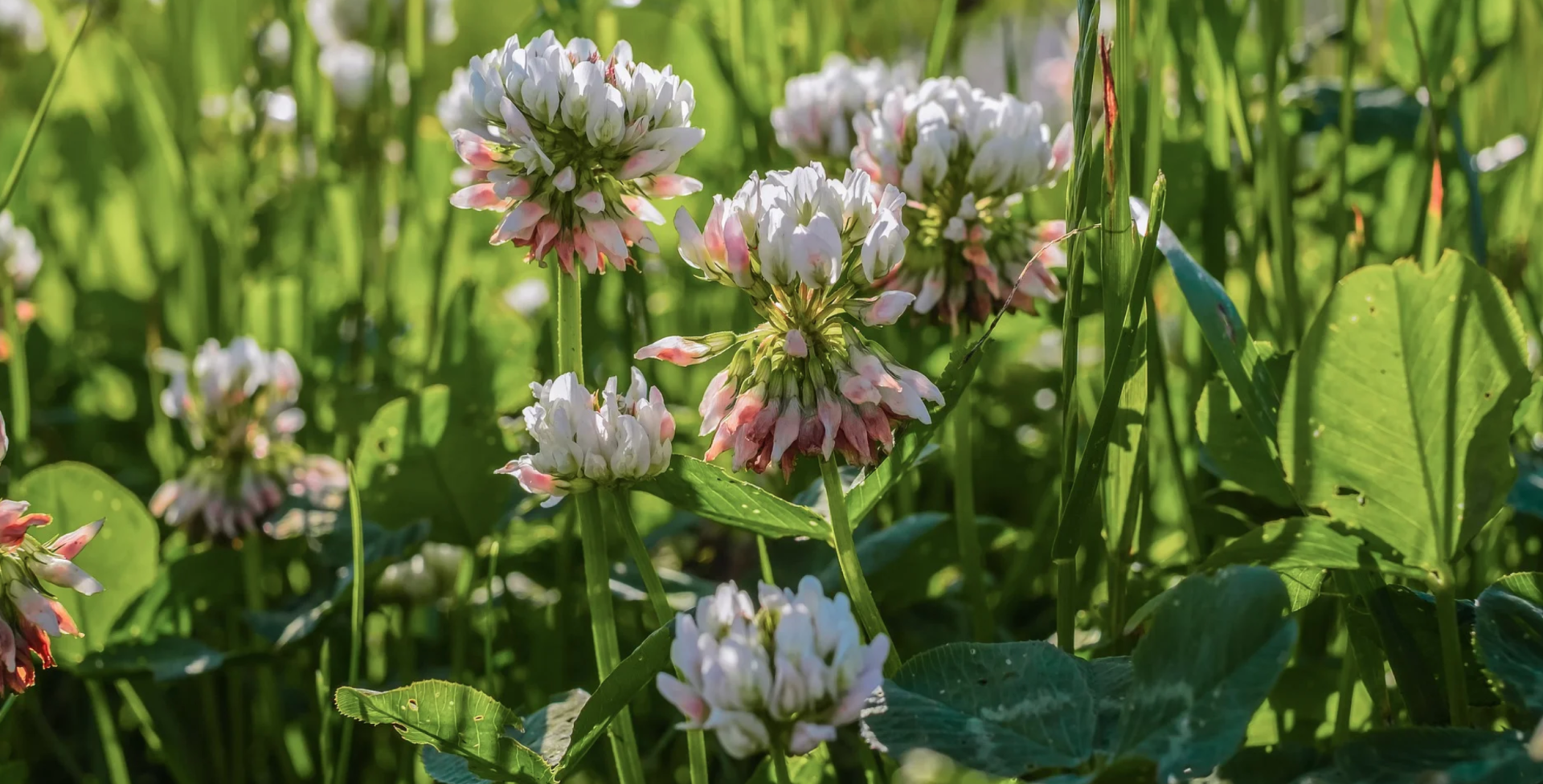
by This post originally appeared on Popular Science and was published August 23, 2021
•
06 Apr, 2022
Clover is a great plant to start with for making your lawn more environmentally-friendly. Couleur from Pixabay. Lawns are a sign of prestige. Once a sign of upper-middle-class British wealth, over the past century the traditional yard transformed into an element of the “American Dream”—owning a house of surrounded by a mini field of greenery. It takes a significant amount of water, fertilizer, and labor to maintain a simple grass lawn—and even more resources for keeping sporting arenas, golf courses, and gigantic McMansions in top shape. Link to Published Article:- https://getpocket.com/explore/item/4-reasons-to-let-your-lawn-grow-wild?utm_source=pocket-newtab-global-en-GB

by Paul W. Thomas
•
15 Feb, 2022
This is exactly what our latest research focuses on, looking at fungi that grow in partnership with trees, in a mutually beneficial arrangement. This is a common association and some species can produce large mushroom fruiting bodies, such as the highly prized truffle. Aside from this delicacy, cultivation of these species is a new and emerging field. But progress is especially being made in one group known as milk caps, that include a beautiful and unusually bright blue species known as Lactarius indigo, or the blue milk cap. Link to Published Article. How a Humble Mushroom Could Save Forests and Fight Climate Change
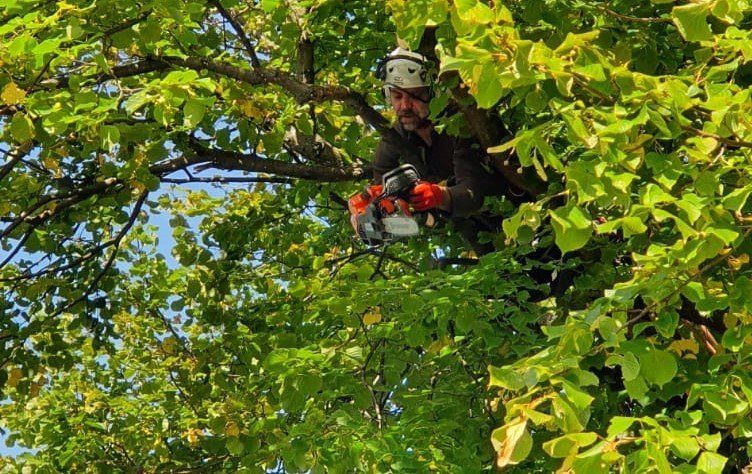
by MGS
•
09 Jan, 2020
The chances are at some point you will need to call upon a skilled and well-trained tree surgeon. There’s two main reasons why: The health of your tree and even more importantly for safety reasons. Keeping on top of your trees can be quite a large task, particularly if your tree towers over your garden, however you will see that as trees have a fundamental impact of your garden, in the event that they look unkept and messy, then so does the rest of your garden. A professional and well-trained tree surgeon can always get the best from the trees in your garden, and they can also make an impact on your garden - whatever size. From a security viewpoint, all tree owners are in charge of guaranteeing that their trees are in a safe and healthy condition and are not a risk to individuals or property in the vicinity. It is imperative that you look for the best guidance you can – the future wellbeing of your trees relies upon this. Anybody can claim to have the capacity to complete tree work, however, to carry out the job properly involves significantly something other than having a testament to utilise a cutting tool. Poor pruning can cause harm that will keep going for the life of the tree – and can regularly decrease its life expectancy. Our team here at MGS are fully trained and experienced. We can likewise give honest, sound advice on safe and effective pruning to maintain a healthy tree. MGS Tree Surgery Services - We are skilled and experienced in: crown re-shaping and reductions - crown lifting, crown thinning and cleaning - formative pruning, coppicing and pollarding - fruit tree pruning - hedge cutting / trimming. Dead, dying or dangerous tree removals - Tree felling.... Please contact us for a free quotation https://www.mygardenservice.co.uk/contact
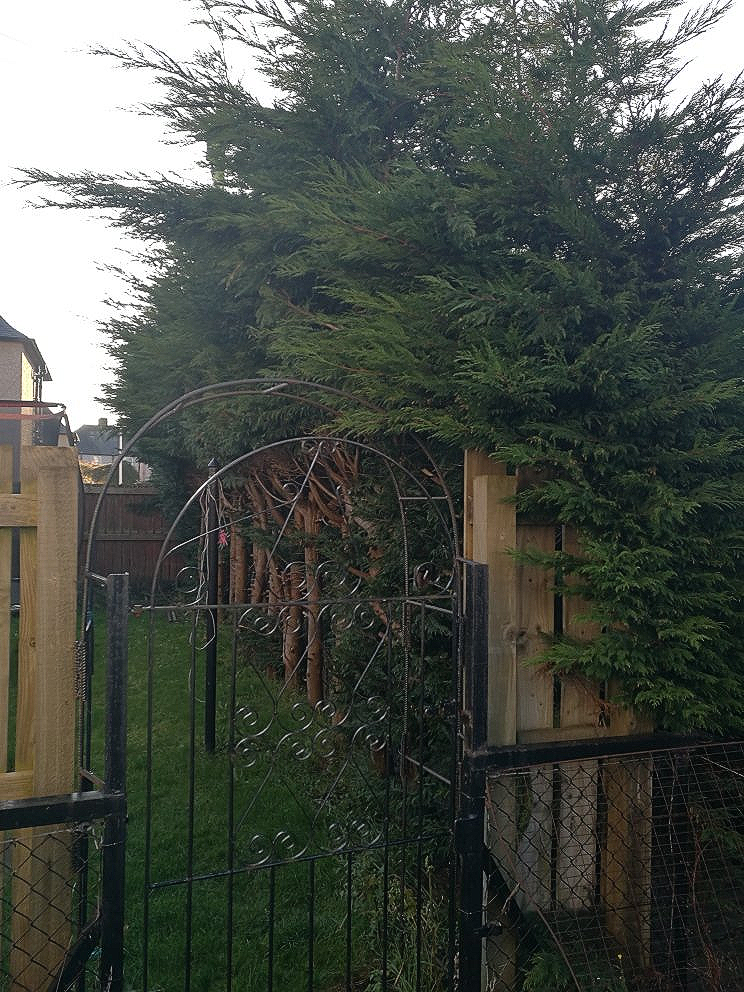
by MGS
•
09 Dec, 2019
Boundary hedging can make or break neighbourly relations and it’s no surprise that hedging remains one of the biggest causes of disputes. There are a range of situations in which hedging can cause fall outs. The leaves might be encroaching on next door’s garden or causing slippery surfaces during winter, for examples. The roots might be uplifting patio areas or damaging pavement. Many of these situations are tricky to deal with, especially if there’s no protection in law. In order to successfully resolve such disputes both parties need to show a little decorum and be willing to compromise. However, if your property is being adversely affected by tall hedging there are specific guidelines that hedge owners need to comply with in the interests of fairness to their neighbours. The law states that anyone with a high hedge must consider the effect it has on their neighbours. Although a homeowner is rarely expected to obtain permission to plant a new hedge in their garden, they are responsible for ensuring it remains within an agreeable height so that it doesn’t block light to the neighbouring property. Under Part 8 of the Anti-social Behaviour Act 2003, local authorities have the power to exercise control over high hedges. Usually, this function is carried out by a council’s parks team who will investigate formal complaints made by the public over allegedly tall hedges. Legally, homeowners are expected to have taken all reasonable steps to resolve the hedge dispute amicably with no external intervention before a formal complaint is submitted. So, what is considered a high hedge? Under the anti-social behaviour legislation, a high hedge is defined as being “so much of a barrier to light or access as”: Is formed wholly or predominantly by a line or two or more evergreen or semi-evergreen trees or shrubs; and Rises to a height of more than two metres above the ground. What the legislation is really asking is whether the hedge is made up mostly of evergreen or semi-evergreen trees or shrubs and whether there are two or more trees/shrubs in it which are roughly in line. Most importantly, it requires that the hedge in question exceeds two metres in height and that it acts as a barrier to light or access. Homeowners who can answer yes to all the questions have a strong case for complaint under the legislation. For instance, a row of eight conifers extending three metres in height and blocking the living room of next door would be considered a high hedge. If the trees on the other hand were breech trees which lost their leaves in the winter, then they would not be considered a high hedge. The legislation specifically applies to high hedges and not individual trees. Disputes over the height of single trees on private property cannot be resolved by a local authority’s parks team. I hope you found this article useful. If you’ve moved into a new property which is bordered by hedging, then it is best to approach the owner at the outset to agree expectations. Tackling the issue early in a friendly manner can avoid escalation of problems further down the line. MGS Tree Surgery Services – If you require a Hedge Reduction / Trimming / Removal or not sure where to begin, we can advise on best solution. Please contact us for a free quotation https://www.mygardenservice.co.uk/contact

by MGS
•
09 Dec, 2019
Planting is best done between October and April. Avoid planting in waterlogged (water sitting on the soil surface or pooled in the bottom of the hole) or frozen (too hard to get the spade in) soil. Container-grown plants can be planted any time of the year, but are easier to care for if planted in autumn or winter, as they need less watering than ones planted in spring or summer. Bare-root and rootballed trees and shrubs are only available in autumn and winter. They should be planted immediately, but if this is not possible, then they can be heeled in (temporary planting in the soil to prevent the roots drying out) until planting is possible. MGS Tree Surgery Services – If you require a tree / trees or hedgerow planted, we offer a supply and planting service. Please contact us for a free quotation https://www.mygardenservice.co.uk/contact
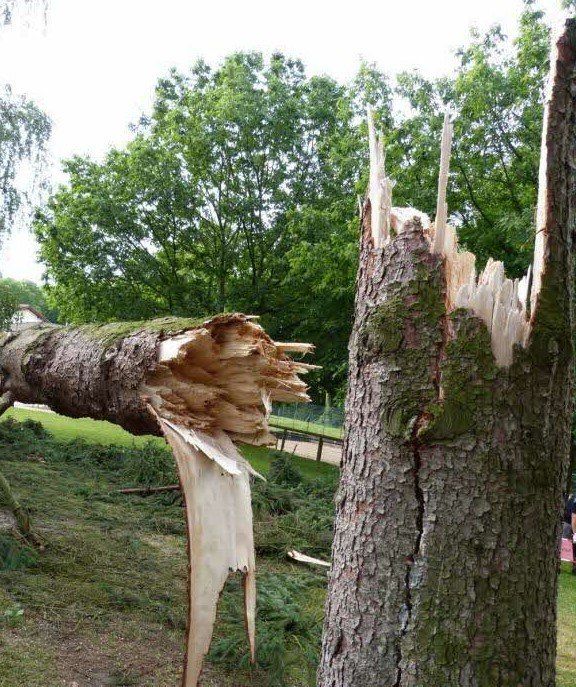
by MGS
•
08 Dec, 2019
Strong winds can have an extremely damaging effect on trees. When storms hit, there is always the worry that a tree could fall and cause damage, particularly if it is close to your property or vehicles. There are certain signs that will indicate a vulnerable tree that may collapse in high winds: Significant lean to one side – this is a symptom of severe damage to the tree’s anchor roots, Cracked soil or exposed roots around the base of the tree – this shows that the tree’s roots are moving more than they should. Mushrooms or fungus at the base of the tree – this could indicate dying or dead tree roots Deep cracks or splits within the tree. If you have a tree with any of these symptoms, it is important that you seek advice from a professional tree surgeon. Without intervention or safe removal, you may end up suffering significant damage due to a fallen tree. Remember too that it may not just be your property that is affected. Under the Occupiers Liability Act, the owner of the tree (the person that owns the land the tree is planted on) has a duty of care to ensure that visitors are safe. If property is damaged or a person is hurt, and the tree owner is found negligent (did not identify that the tree was unsafe and take precautions to prevent an accident) you will be held liable. Preventing damage to healthy trees in high winds Even healthy trees may become unstable if hit by gale force winds. However, there are things you can do to reduce this instability: • Prune weakly attached or diseased branches on a regular basis – this can minimise structural issues at an early stage • Regularly water around the tree’s base during dry periods and mulch in the winter Get in touch If you are concerned about the condition of your garden’s trees regarding high wind issues, please don’t delay. Please contact us for a free quotation – call MGS on 07493 668729 or contact us via our website. https://www.mygardenservice.co.uk/contact#Contactus .We can assess the tree/trees in question, and if any works are necessary prepare a no obligation quotation. We hope you found our article ‘Trees in high winds – know the risks’ of interest.

by MGS
•
02 Dec, 2019
No matter how small your garden may be, it can benefit from a tree. Yet it is important that you make the right decision when it comes to choosing the tree you’re going to plant. A huge horse chestnut obliterating a tiny outside space would not be a good idea! So, what are the best trees for small gardens? Luckily there are lots of small flowering varieties that are ideal for small gardens. Certain ornamental trees, as well as edible and culinary trees can happily grow in tight spaces. Considerations when choosing the right tree for your garden There are several factors you should consider when researching the best trees for small gardens. These include: Height and spread – even a small ornamental tree can reach a height of 8 metres over time. If this is too large for your garden, you may want to look into weeping trees, a large shrub or a columnar tree. Location and soil type – not every tree will thrive in certain locations. You will need to do some research into your garden’s soil type and take into consideration shade and shelter. Deciduous or evergreen? Whereas evergreen keep their leaves throughout the year, some deciduous trees boast stunning autumn foliage. Flowering time – when do you want your garden to look its best? Different trees have varying flowering time, foliage, fruit and bark. How many trees are you thinking of planting? If you can only choose one, certain small trees have more than one season of interest – flowers in spring, followed by fruit or beautiful autumn leaves. The best trees for small gardens. The Royal Horticultural Society’s top recommended flowering trees for small gardens are as follows: Acer palmatum dissectum 'Garnet' Tree – the red Japanese maple has feathery, heavily dissected foliage that resembles the colour of a garnet stone throughout the spring and summer. It holds its colour well compared to other red Japanese Maples, before turning shades of scarlet for a striking display in Autumn. This wonderful red Japanese Maple will create a stunning focal point or backdrop. It is suited to a sheltered position in dappled shade and prefers slightly moist, well-drained acidic soil although lime is tolerated. Acacia baileyana – slightly silvery grey, evergreen leaves and dainty yellow clusters of flowers reminiscent of pompoms. Good for milder areas. Amelanchier lamarckii – also known as juneberry, this bushy little tree looks lovely during three seasons. It boasts coppery foliage and white flowers that open in spring, followed by berries that the birds simply love. In the autumn, the leaves turn a fiery red. Arbutus x andrachnoides – the strawberry tree is a small evergreen with strawberry-like fruits and flowers similar to lily-of-the-valley. It will grow in limy soil and has striking cinnamon-red bark all year round. Cornus kousa ‘John Slocock’ - an unusually upright type of Japanese dogwood, which fits nicely in confined spaces. Features include bright red fruits and bronze and deep red autumn leaves. Avoid planting in chalky soil. Crataegus persimilis 'Prunifolia' – hawthorns are not just hedgerow trees. This variety lends itself perfectly to small gardens with its compact growth, white flowers and dark, glossy foliage. After flowering, crimson fruits follow. Prunus mume 'Beni-chidori' – cherry trees are a popular choice when it comes to confined spaces but it is wise to choose the correct variety as some can become large and cast too much shade. The prunus mume 'Beni-chidori' is a great choice, with richly scented pink flowers, small stature and light shade. Styrax hemsleyanus – the Hemsley Snowball is one of the prettiest small trees. It only casts light shade and in June, long strings of beautiful white flowers open, complemented by bold leaves. Thrives in good soil and shelter. We hope you found our article ‘What are the best trees for small gardens?’ of interest. If you require a tree/s planted and are looking for a tree planting service regarding the best trees for small gardens and which varieties would best use your outside space, please contact MGS Tree Surgery.

by MGS
•
27 Nov, 2019
The new season is a great reason to make and keep resolutions. Whether it’s eating well or cleaning out the garage, here are some tips for making and keeping resolutions.
Make a list
Lists are great ways to stay on track. Write down some big things you want to accomplish and some smaller things, too.
Check the list regularly
Don’t forget to check in and see how you’re doing. Just because you don’t achieve the big goals right away doesn’t mean you’re not making progress.
Reward yourself
When you succeed in achieving a goal, be it a big one or a small one, make sure to pat yourself on the back.
Think positively
Positive thinking is a major factor in success. So instead of mulling over things that didn’t go quite right, remind yourself of things that did.

Tel : 07493 668729
email: info@mgstreeservices.com
TREE SURGERY - HEDGE & SHRUB TRIMMING - PRUNING, DISMANTLING, FELLING, TREE SURVEYS,, SHAPING, CROWN REDUCTION, CROWN THINNING,
CROWN LIFTING, CROWN CLEANING, LOGS - EAST LOTHIAN, WOODCHIP - EAST LOTHIAN & EDINBURGH TREE SURGERY SERVICE
